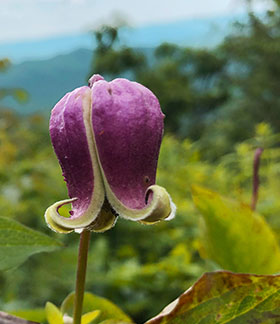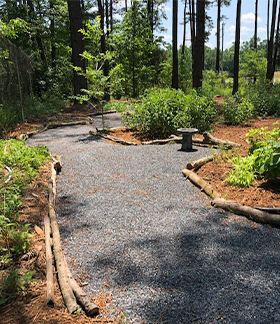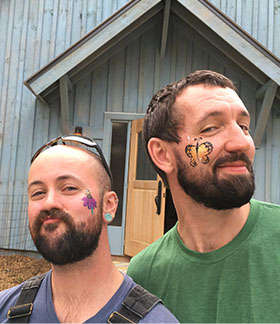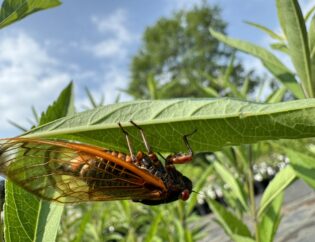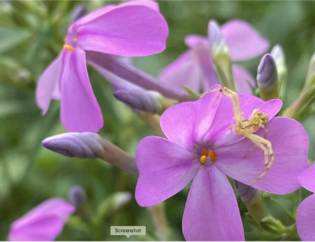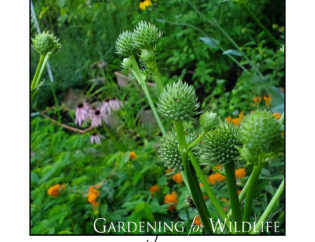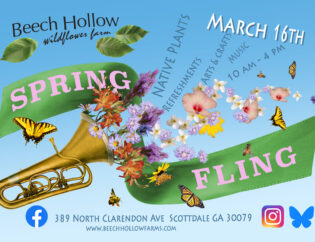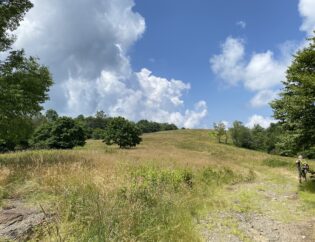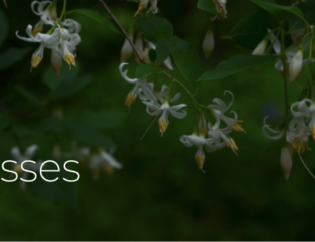Coastal Marsh Grassland
The big American Prairie is an iconic landscape that evokes images of rolling hills covered in wind whipped seas of grass, herds of buffalo, covered wagons and sod houses. The Great Plains of the Midwest are synonymous with prairies, and though the Midwest has the most famous American grasslands, there is strong historical and ecological evidence that the Southeast was covered in a rich mosaic of grasslands and forests prior to European colonization. There is an often repeated tale of a pre-contact squirrel being able to travel from the Atlantic to the Mississippi without ever touching the ground on account of the densely forested landscape. I remember hearing it as a child in the 1980's, and it continues to spread to this day. This idea of the all-encompassing primeval climax forest was disseminated sometime in the early 20th century. It’s based on the relatively recent observation of forest succession occurring on open lands that are devoid of the prehistoric natural controls that keep forests in check and allow grasslands to flourish. This assumption that all land will become forest given enough time is overly simplistic, and does not take into account the reality of the natural processes that select which plants can thrive in a given landscape. It also ignores the numerous historical writings of early explorers that encountered large areas of naturally occurring grasslands in the Southeast during the 18th and 19th centuries.
To see how the landscape has changed, let’s take a trip back through history. One hundred and twenty two years ago in 1897, Historian Dr. John Landrum wrote:
"Up to the breaking out of the revolutionary war, the woodlands in the upper portion of South Carolina were carpeted with grass, and the wild pea vine grew, it is said, as high as a horse’s back, while flowers of every description were seen growing all around. The forests were imposing, the trees were large and stood so wide apart that a deer or buffalo could be seen at a long distance; the grasses and the pea vines occupied the place of the young, scrubby growth of the present day.” …”It is a fact well authenticated, that in the early history of the upper country there were numerous prairies covered only with the grasses and the pea vine, but which have since been covered with pine, oak, and other growth.” [History, 2]
Just before the Revolutionary War, another 122 years into the past in 1775, Botanist William Bartram was exploring and collecting specimens in what is now the state of Georgia. In his journals, he recorded travelling through many open grasslands. Near present day Clyo, Ga. after naming many trees and shrubs in a riverine forest he wrote:
“This ancient sublime forest is frequently intersected with extensive avenues, vistas and green lawns, opening to extensive savannas” [Travels, 309]
Near present day Sparta, Ga.:
“There is some very good land on the gradual descents of the ridges and their bottoms bordering on creeks, and very extensive grassy savannas and cane meadows always in view on one hand or the other.” [Travels, 379]
Near present day Clayton, Ga.:
“I observed growing in great abundance in these mountain meadows Sanguisorba canadensis and Heracleum maximum…..the swelling bases of the surrounding hills fronting the meadows present, for my acceptance, the fragrant red strawberry, in painted beds in many acres surface, indeed I may safely say hundreds.” [Travels, 344]
If we go another 75 years back to 1700, Explorer and naturalist John Lawson, travelling near present day Columbia, SC noted:
“we pass’d by several fair Savanna’s, very rich and dry; seeing great Copses of many Acres that bore nothing but Bushes, about the Bigness of Box-trees; which (in the Season) afford great Quantities of small Black-berries, very pleasant Fruit, and much like to our Blues, or Huckle-berries, that grow on the Heaths in England.” [Voyage, 27]
And near present day Asheboro, NC:
“We travell’d, this day, about 25 Miles, over pleasant Savanna Ground, high, and dry, having very few trees upon it, and those standing at a great distance. The Land was very good, and free from shrubs and underwood.” [Voyage, 45]

Pine Savannah in the Coastal Plain
These historical descriptions use words like savannas, prairies, meadows, and cane breaks, but they are all talking about grasslands. Grasslands encompass a spectrum of landscapes that share the common defining characteristic of a ground layer of vegetation dominated by grasses and other graminoids (such as sedges, rushes, or canes). Types of grasslands include: savannas, balds, dunes, glades, meadows, marshes, barrens, bogs, fens, and even some woodlands as long as the tree canopy is sparse and grasses are the dominant type of vegetation. (Thanks to Southeastern Grasslands Initiative for the definition and types). Historical descriptions and land surveys give us an idea of what the landscape looked like in precolonial days and grasslands were very much a part of it. Since then, the absence of fire and large herds of grazing animals have contributed to the decline of grasslands and allowed successional forests to creep into areas where they previously could not have survived.
Large herds of animals were one of the first casualties of colonial settlement. Furs were a major means of barter for many settlers, and game was abundant. Historian Dr. David Ramsay wrote in 1858:
“In the year 1750 when the settlement of the upper country [of South Carolina] began, there were so many buffalos, which have long since disappeared, that three or four men with their dogs could kill from ten to twenty in a day.”…”The waters abounded with beavers, otters and muskrats. Twenty beavers have been caught by one man in one season on Fairforest.” [History, 305]
Bison and beavers are both major controls to the spread of woody plants. Bison graze on grasses, but unlike domestic cattle they can also digest cellulose, so they will eat entire tree seedlings and the bark off of larger trees all the way around the trunk, which will cause the trees to die. Herds of bison churn large swaths ground as they graze and seasonally migrate and fast growing grasses are the first to colonize their wake. Beavers not only prevent the spread of trees, but actively reduce their range by felling them and flooding large areas so the soils are too wet for trees to survive. The edges of a beaver pond are ideal habitat for many grasses and forbs. After a dam is abandoned and breaks down, the large open area that was behind it with newly enriched soils often becomes a meadow. The pelts of bison and beavers were major exports from the colonies to Europe and their drastic reduction in numbers or outright removal from the Southern landscape had far reaching effects on the plant communities adapted to open, disturbed areas.

Broom Sedge (Andropogon virginicus) just waiting to burn.
Fire is the other main check to forest succession that was slowly removed from the landscape as it was settled by more and more people. Fire is a naturally occurring phenomenon that has affected plant growth, survival, and adaptation as much as soil pH, precipitation, and faunal predation. The climate of the southeast with frequent thunderstorms and some of the highest occurrence of lightning strikes per square mile in the world ensures that fire will enter the landscape sooner or later. While the Native Americans were known to have set fires to clear land and to flush game they were simply facilitating a natural process that had been occurring for millennia. Native Americans were not the creators of grasslands or other fire dependent ecosystems, even if their actions may have helped them thrive and expand in the centuries prior to European contact. Frequent fires became less common through the 18th and 19th centuries. After the Civil War many Northerners bought Southern lands and brought their ideas of fire suppression from the urbanized areas and fire sensitive forests of the Northeast down South. Federal and State owned lands were focused almost solely on timber production and fires were all but excluded from the landscape. Trees that aren’t adapted to cope with fire will quickly take over an open sunny area if fire and other controls are removed from the equation. This process of forest succession is what led many scientists to believe that forest is the climax habitat of the southeast and led to the creation of the myth of the travelling squirrel. The very idea of naturally occurring Southern grasslands slowly faded into obscurity.
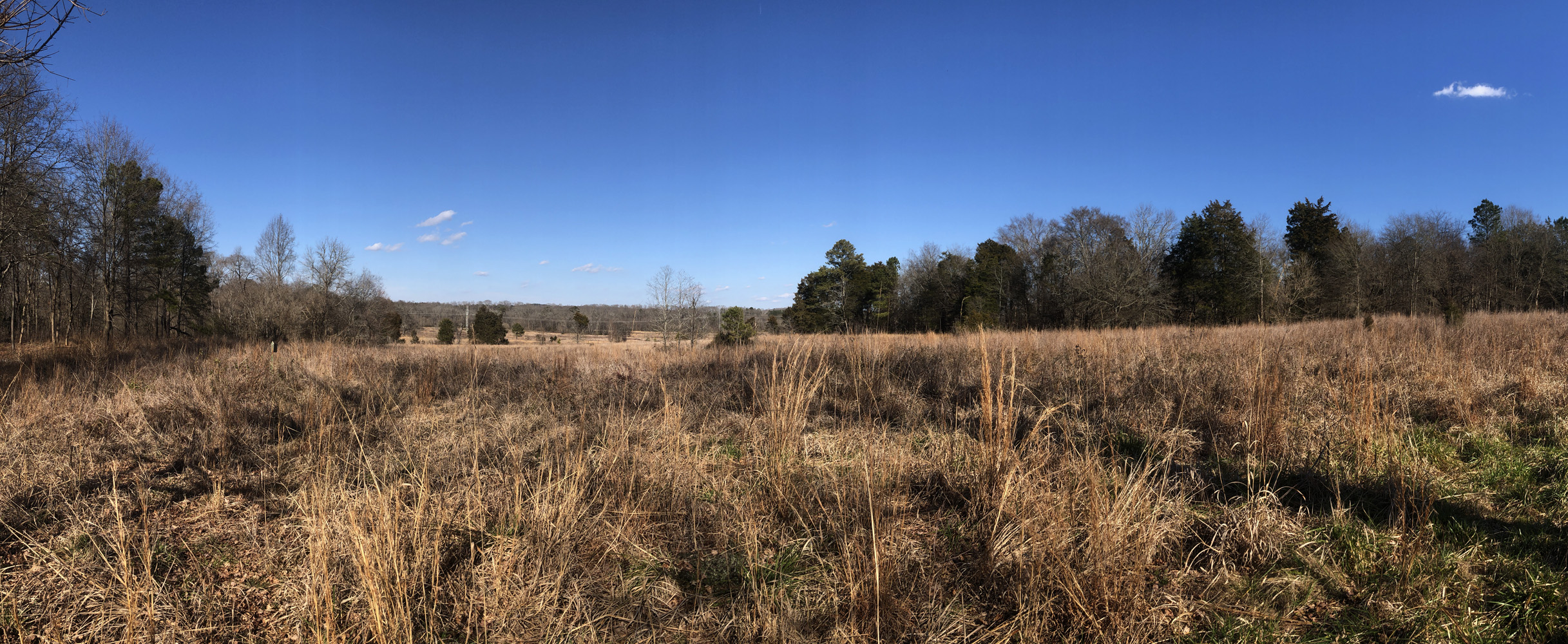
Prairie restoration area at Panola Mountain State Park
In summary, there once were prairies and other grasslands all over the South, but they have almost disappeared due to habitat loss and lack of forest controls. Not all is lost, however, as small pockets of grassland survived in highway right of ways, pastureland, power line corridors, and other areas where people controlled the spread of trees and shrubs with mowing or grazing animals. In the latter half of the 20th century, prescribed burns were recognized as necessary for the creation of habitat for quail and other game animals and fire was slowly reintroduced to the landscape. Further studies have documented the numerous plants and animals that benefit from prescribed fire and led to its widespread acceptance as a tool for conservation. Today, numerous organizations and land managers are working to rehab, restore, and even create new grasslands. We will be profiling a few of these projects and land managers in upcoming posts, so check back for more information about Piedmont Prairies and the plants that call them home.

Prairie restoration planting in a power cut at the CRNRA.
Works Consulted
- Juras, Philip. 1997. “The Presettlement Piedmont Savanna – A Model For Landscape Design and Management.” https://www.philipjuras.com/publications/thesis/index.htm
- Noss, Reed F. 2013 Forgotten Grasslands of the South. Island Press.
- Estes, D., M. Brock, M. Homoya, and A. Dattilo. 2016. A Guide to the Grasslands of the Mid-South.Published by the Natural Resources Conservation Service, Tennessee Valley Authority, Austin Peay State University and the Botanical Research Institute of Texas. https://www.segrasslands.org/guide-to-the-grasslands-of-the-midsouth/
Works Cited
- Bartram, William. 1998. The Travels of William Bartram: Francis Harper’s Naturalist Edition. UGA Press
- Landrum, J. B. O. 1897. Colonial and Revolutionary History of Upper SouthCarolina. Shannon & Co. Digital copy at : https://archive.org/details/colonialrevoluti00land
- Lawson, John. 1709. A New Voyage To Carolina. London. Digital copy at: https://docsouth.unc.edu/nc/lawson/lawson.html
- Ramsay, David. 1858. History of South Carolina. Newberry, S.C. Digital copy at: https://archive.org/details/ramsayshistorys00ramsgoog

Exactly.
Related Posts:
Native plant post
Lorem ipsum dolor sit amet, consectetur adipiscing elit. Curabitur vel nisl vel leo vulputate elementum.
Pocket Prairies
Lorem ipsum dolor sit amet, consectetur adipiscing elit. Curabitur vel nisl vel leo vulputate elementum.
Prairies and birds
Lorem ipsum dolor sit amet, consectetur adipiscing elit. Curabitur vel nisl vel leo vulputate elementum.
